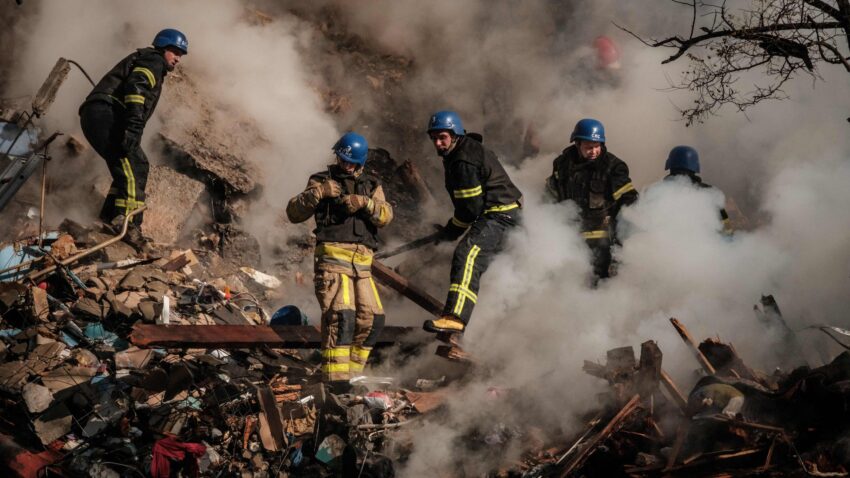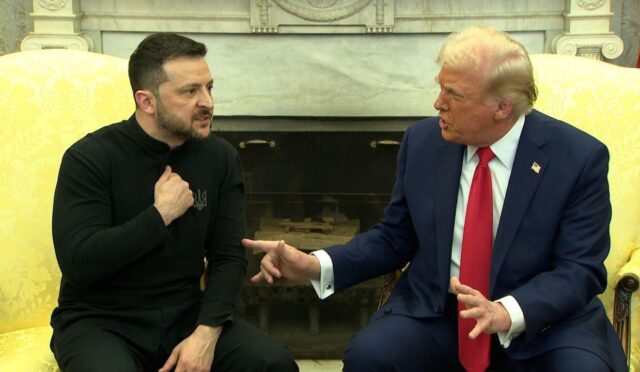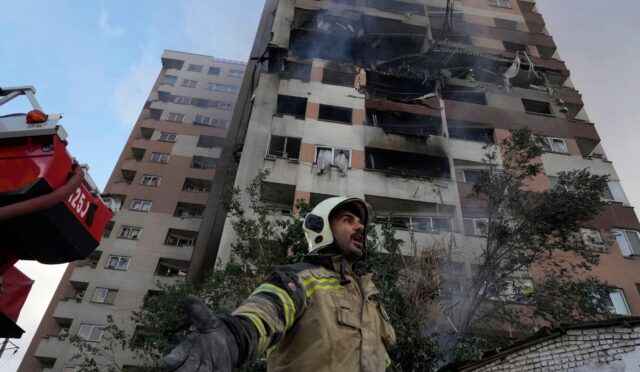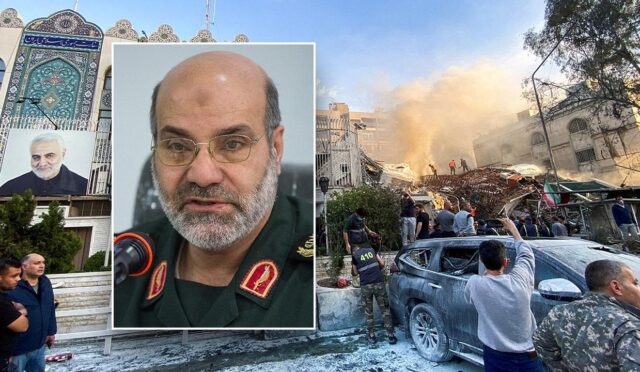Russian Drone Attacks Intensify
In a troubling escalation of hostilities, Russia has intensified its drone attacks across Ukraine, employing a controversial tactic known as the “double-tap strike.” This method, which targets civilians, was highlighted by the Institute for the Study of War (ISW), a Washington D.C.-based think tank, following a wave of bombardments in early July that affected major cities including Kyiv, Kharkiv, Mykolaiv, Poltava, and Zaporizhia.
The Ukrainian Air Force reported that the latest offensive involved the deployment of nearly 150 Shahed loitering munitions, along with decoy unmanned aerial systems. These weapons were launched from Crimea and various eastern territories currently under Russian control, indicating a strategic shift in Russia’s military approach towards civilian areas.
Targets of the Recent Strikes
In addition to damaging vital civilian infrastructure, the recent drone assaults have aimed at energy facilities and military sites, with a notable attack on an enlistment camp in Kremenchuk. This particular strike appears aimed at disrupting Ukraine’s recruitment efforts amid the ongoing conflict, further complicating the situation for the nation’s armed forces.
A report from the Ukrainian State Emergency Service also disclosed that overnight strikes in Kharkiv involved simultaneous “double-tap” tactics that targeted emergency responders. Such operations have raised alarms about Russia’s intent, with experts suggesting that these attacks are likely designed to inflict maximum civilian casualties.
Intentional Targeting of Civilians
The Institute for the Study of War remarked on these developments, stating that recent modifications to Russia’s long-range drone capabilities and tactical approaches strongly indicate that strikes against civilian targets are deliberate. ISW emphasized that these overnight attacks have increasingly resulted in significant civilian casualties, leading to concerns that Ukrainian civilians are being intentionally targeted.
Moreover, the ISW report pointed out that the ‘double tap’ strategy, which seems to aim at harming first responders, alongside strikes on military registration and enlistment offices, reflects a disturbing pattern in Russia’s military operations.
Stalled Peace Efforts
The drone assaults follow a stark admission from former US President Donald Trump, who noted that his discussions with Russian President Vladimir Putin had made no progress towards ending the invasion of Ukraine. The ongoing three-year conflict has seen the U.S. actively attempting to mediate a resolution, yet these efforts have consistently failed to draw substantive responses from Moscow.
Amid the turmoil, the last official meeting between representatives from both sides occurred over a month ago, with an agreement to exchange around 1,000 prisoners. This development, while a hopeful sign of potential diplomatic engagement, underscores the complexity and volatility of the conflict.
The Impact of Drone Warfare
The ongoing use of drones in the conflict represents a significant evolution in modern warfare, particularly in how civilian populations are impacted. The reliance on unmanned systems for attacks not only raises ethical questions about targeting strategies but also significantly amplifies the risks to non-combatants in conflict zones.
As the situation continues to evolve, the international community watches closely, with rising concerns over civilian safety and the indiscriminate nature of drone warfare. The implications of these tactics could resonate beyond Ukraine, influencing global norms and responses to drone technology in military conflicts.







